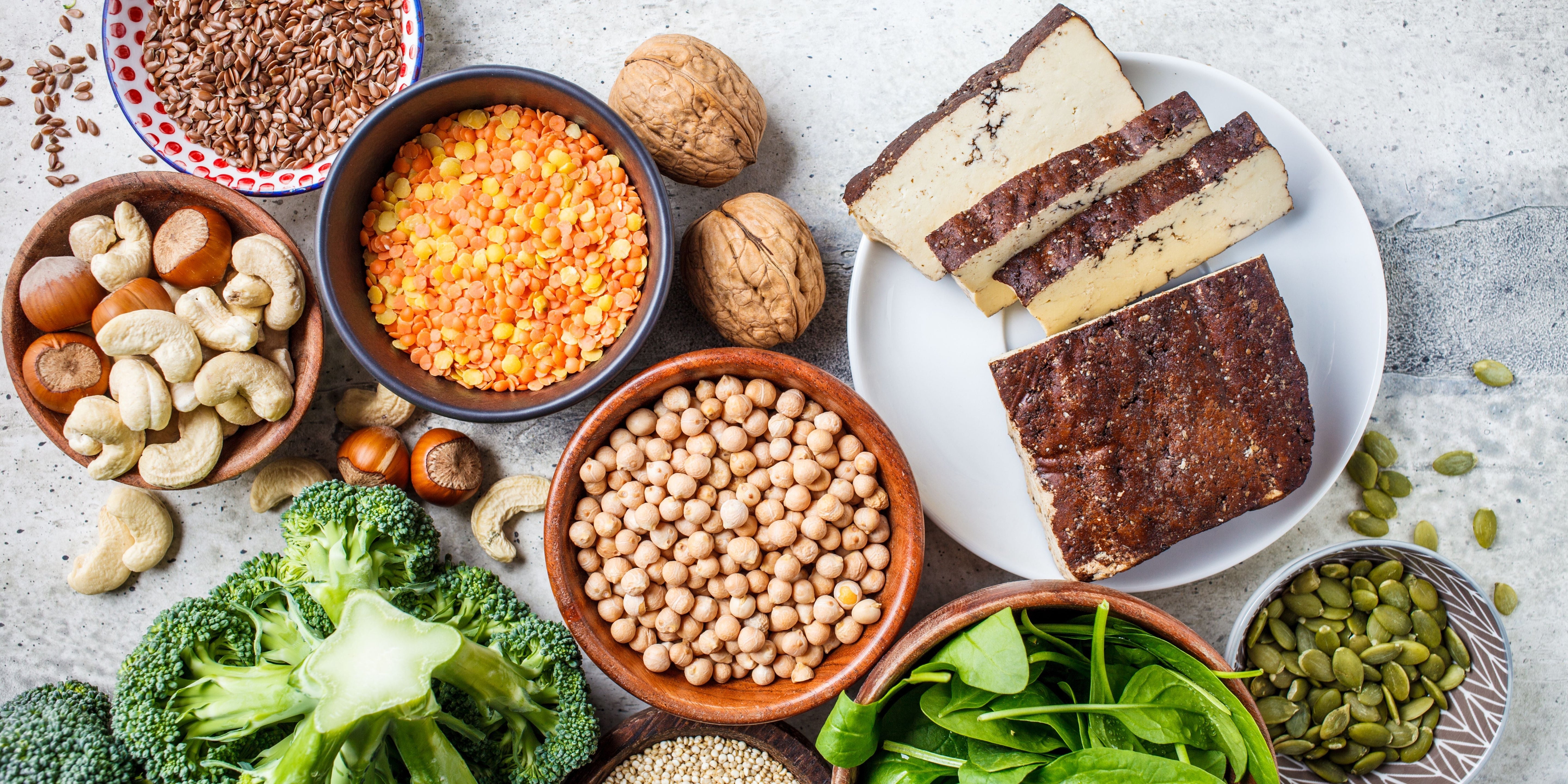Iron is a mineral that plays a vital role in our health, helping transport oxygen throughout the body and supporting energy production. However, not all iron sources are created equal, and the way our bodies absorb iron can be surprisingly complex. As someone who recently discovered the intricacies of iron absorption during a visit to donate blood, I want to share what I’ve learned — especially insights that might be crucial for my vegan clients and friends.
Types of Iron: Heme vs. Non-Heme
Iron comes in two main forms:
-
Heme Iron: Found in animal products like red meat, poultry, and fish, heme iron is more readily absorbed by the body. Examples include:
- Beef liver
- Liver
- Eggs
-
Non-Heme Iron: Found in plant-based foods, non-heme iron is less easily absorbed but can still be an excellent source when paired with the right foods. Common sources include:
- Kale
- Spinach
- Lentils
- Chickpeas
- Fortified Cereals
- Tofu
For vegans and vegetarians, non-heme iron is the primary source, but absorption can be enhanced by consuming these foods with vitamin C-rich options like oranges, strawberries, bell peppers, or tomatoes.
The Coffee and Iron Connection: A Surprising Discovery
I learned the hard way that coffee (and black/green tea) can interfere with iron absorption. These beverages contain polyphenols and tannins, which bind to iron in your digestive tract, reducing its absorption. Dairy milk also inhibits iron absorption due to its calcium content. Here’s the rule:
- Avoid drinking coffee, black/green tea, and dairy milk 1 hour before or 2 hours after consuming iron-rich foods.
This was a game-changer for me! When I went to donate blood, I was told my iron levels were too low despite a recent "all-clear" from my doctor. I had been regularly enjoying my morning coffee alongside iron-rich breakfasts and sipping coffee again after lunch — completely counterproductive — unknowingly sabotaging my iron intake.
Iron Deficiency: Causes and Symptoms
Iron deficiency is common, especially among women, vegans, vegetarians, and those with high physical demands or medical conditions. Symptoms can include:
- Fatigue
- Pale skin
- Shortness of breath
- Dizziness
If left unchecked, iron deficiency can lead to anemia, a condition where your body lacks enough healthy red blood cells to carry oxygen efficiently.
Enhancing Iron Absorption: Tips for Everyone
-
Pair Iron with Vitamin C: Foods like oranges, strawberries, and bell peppers boost non-heme iron absorption.
-
Avoid Calcium During Iron-Rich Meals: Calcium can compete with iron for absorption. Try to consume calcium-rich foods or supplements at different times.
-
Cook with Cast Iron Pans: Cooking acidic foods (like tomato sauce) in cast iron can increase the iron content of your meal.
- Be Mindful of Inhibitors: In addition to coffee and tea, phytic acid (found in whole grains and legumes) and oxalates (found in spinach and chocolate) can reduce iron absorption when consumed during meals containing iron-rich foods. Soaking, sprouting, or fermenting grains and legumes can help reduce phytic acid levels and improve iron availability.
Why Doctors Might Miss Iron Issues
Doctors often rely on basic blood tests to assess iron levels, but these may not tell the full story. Low ferritin (iron storage) levels can indicate a deficiency even when hemoglobin levels appear normal. It wasn’t until I tried to donate blood that I discovered my levels weren’t adequate.
Iron-Rich Meal Ideas for Vegans
Here are a few ideas to help boost your iron intake:
- Breakfast: Oatmeal topped with chia seeds, fortified almond milk, and a handful of strawberries.
- Lunch: Spinach and lentil salad with roasted red peppers and a citrus vinaigrette.
- Snack: A small handful of pumpkin seeds with a side of orange slices.
- Dinner: Tofu stir-fry with kale, broccoli, and bell peppers served over quinoa.
Optimizing Smoothies for Iron Absorption
When creating smoothies to boost iron intake, it’s important to choose ingredients that enhance absorption while avoiding those that might inhibit it. For an ideal iron-friendly smoothie:
- Use water as the base instead of fortified plant milks (like almond or soy milk) to avoid inhibitors such as calcium or phytates.
- Include iron-rich greens like spinach or kale.
- Add vitamin C-rich fruits such as oranges, strawberries, or kiwis to boost non-heme iron absorption.
- Enhance with neutral ingredients like bananas, apples, flaxseeds, or chia seeds for extra nutrients without affecting iron absorption.
Final Thoughts
Iron is a vital nutrient that deserves our attention, especially for those on plant-based diets. With a bit of planning and mindfulness about absorption, you can ensure you’re meeting your iron needs and supporting your overall health.
And don’t forget: If you’re feeling tired or suspect an iron issue, seek advice from a healthcare professional. It’s always better to address potential deficiencies sooner rather than later. Let’s nourish ourselves wisely!



Leave a comment